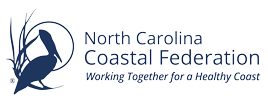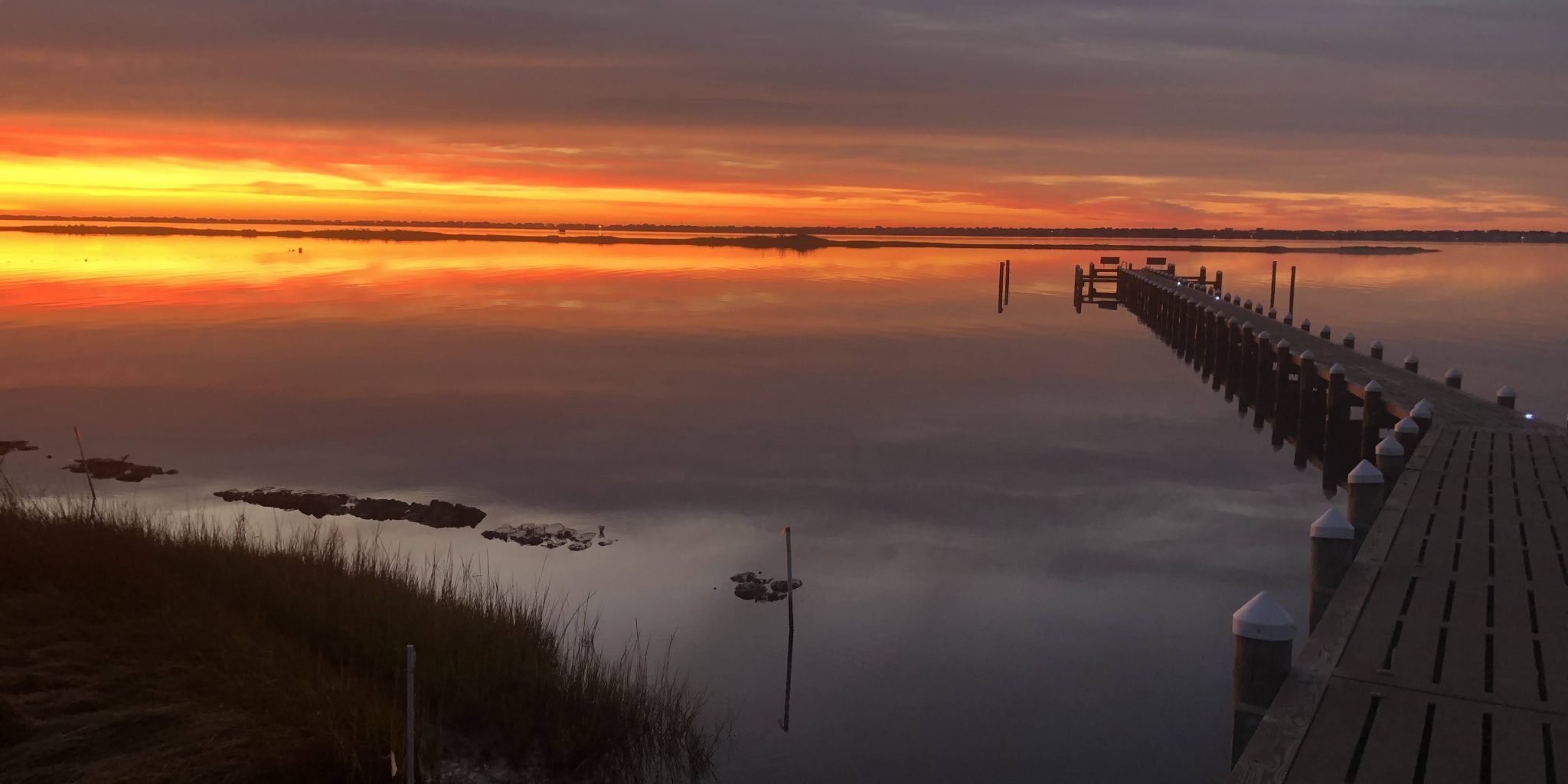Build stronger, safer, and more sustainable waterfront structures.
The North Carolina Coastal Federation is proud to share this comprehensive toolkit for homeowners, contractors, and local governments looking to design and build resilient docks and piers along North Carolina’s coast. This resource combines practical guidance with real-world examples from communities across the state to make resilience achievable and relevant for all coastal areas.
What You’ll Find in the Toolkit
- Best Practices for Design and Construction: Step-by-step guidance for building docks and piers that withstand storms and reduce environmental impact.
- Permitting Guidance: Information to help navigate local permitting and approval processes.
- Case Studies and Local Examples: Insights from property owners, contractors, and communities who have successfully built resilient waterfront structures.
- Sustainable Materials: Recommendations for eco-friendly materials that prevent marine debris and protect waterways.
- Legislative Updates: Key state policies, including the prohibition of unencapsulated polystyrene in floating docks.
Why Resilient Docks Matter
Docks and piers are vital to coastal life and commerce, but poorly built structures can cause property loss, environmental damage, and contribute to marine debris. By following the guidance in this toolkit, you can:
- Protect your investment
- Safeguard local waterways
- Contribute to a more resilient North Carolina coast
For more resources, tips, and updates on coastal resilience, visit nccoast.org/docks or contact Kerri Allen at kerria@nccoast.org
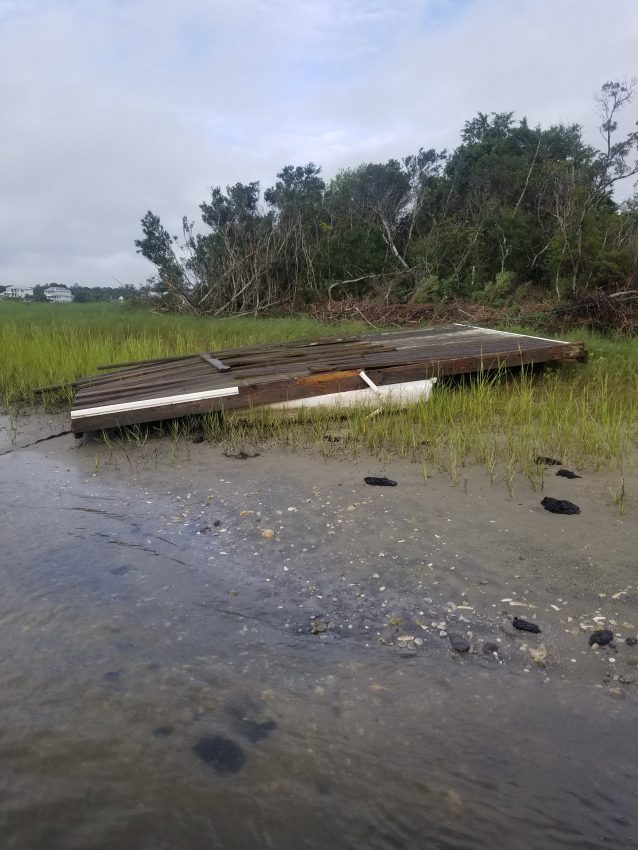
Why Building with Resilient Materials Matters
Using sustainable materials and design approaches not only protects your investment but alsohelps reduce marine debris, which we all know is a critical issue along our coast.
What Does a Resilient Dock Look Like?
As a coastal waterfront property owner, ensuring your dock is safe, compliant, and durable is crucial.
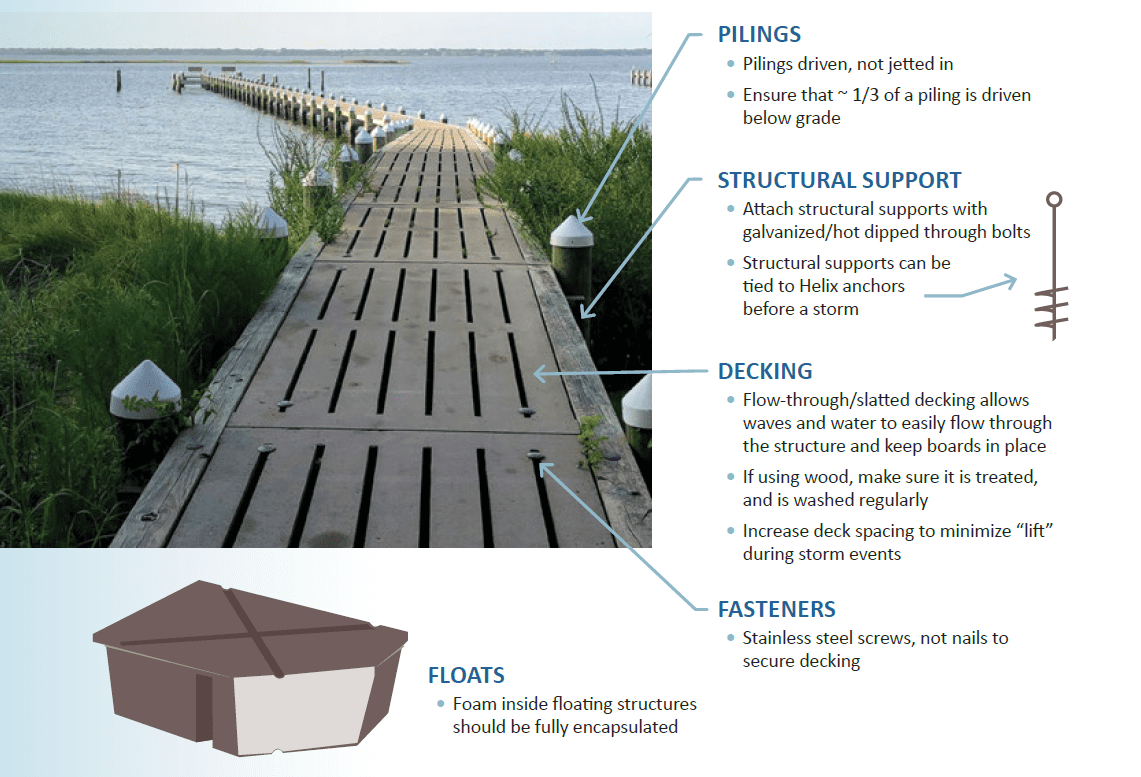
To ensure the appropriate design, location, and construction of your dock or pier, it’s important to identify the needs
and conditions of your soundside property and select a licensed, reputable marine contractor with adequate experience, expertise, and a commitment to quality and responsible construction techniques.
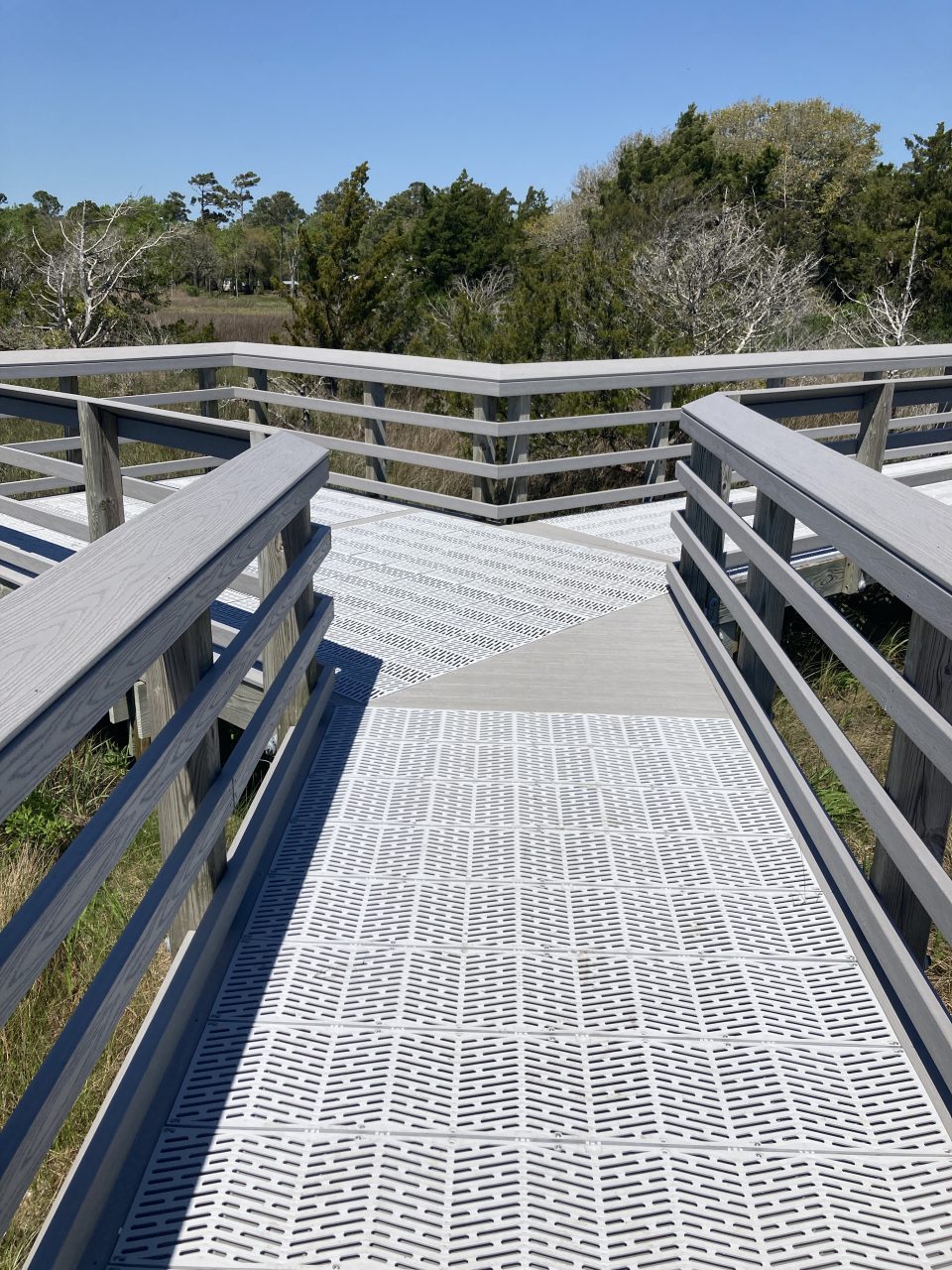
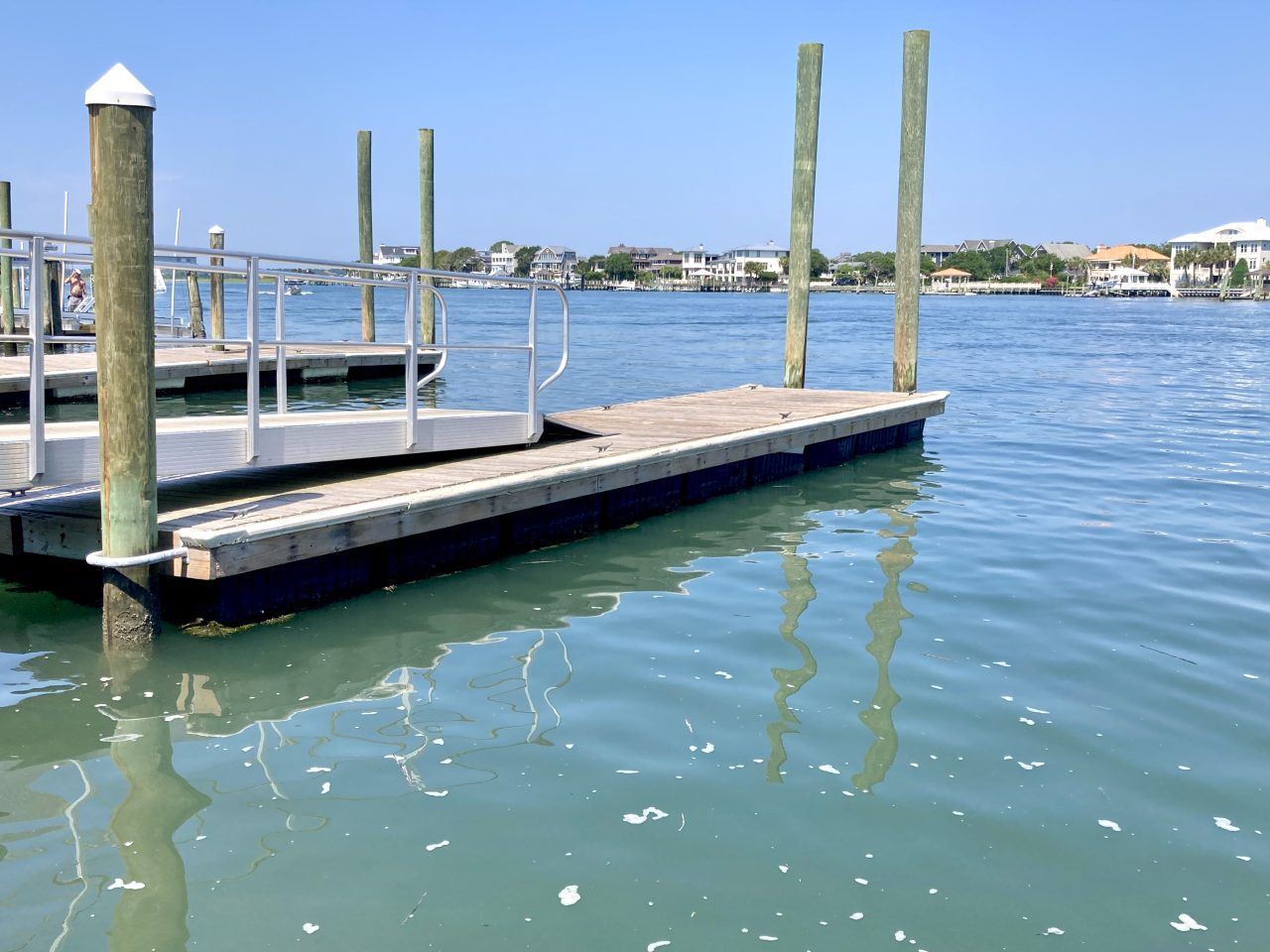
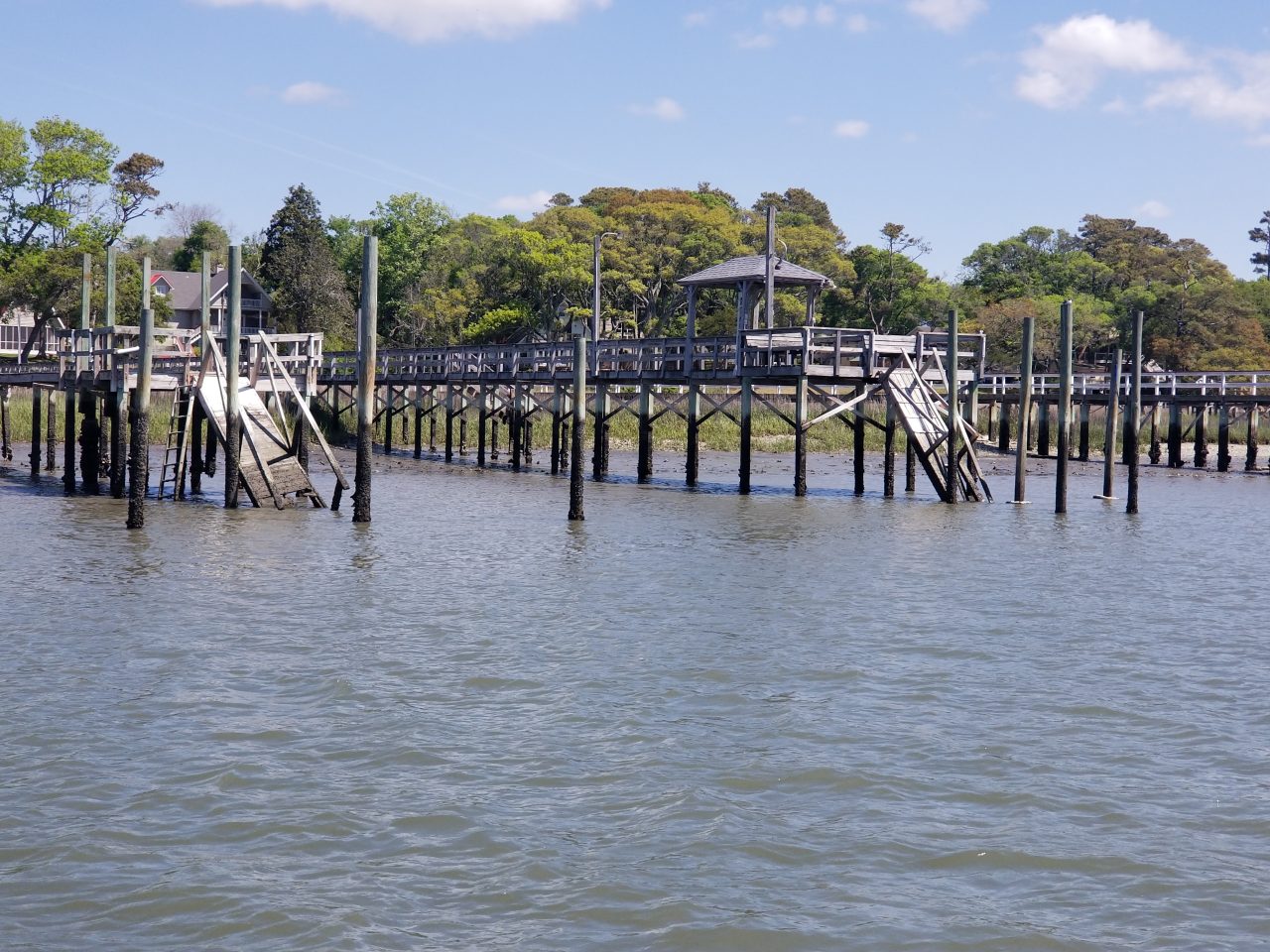
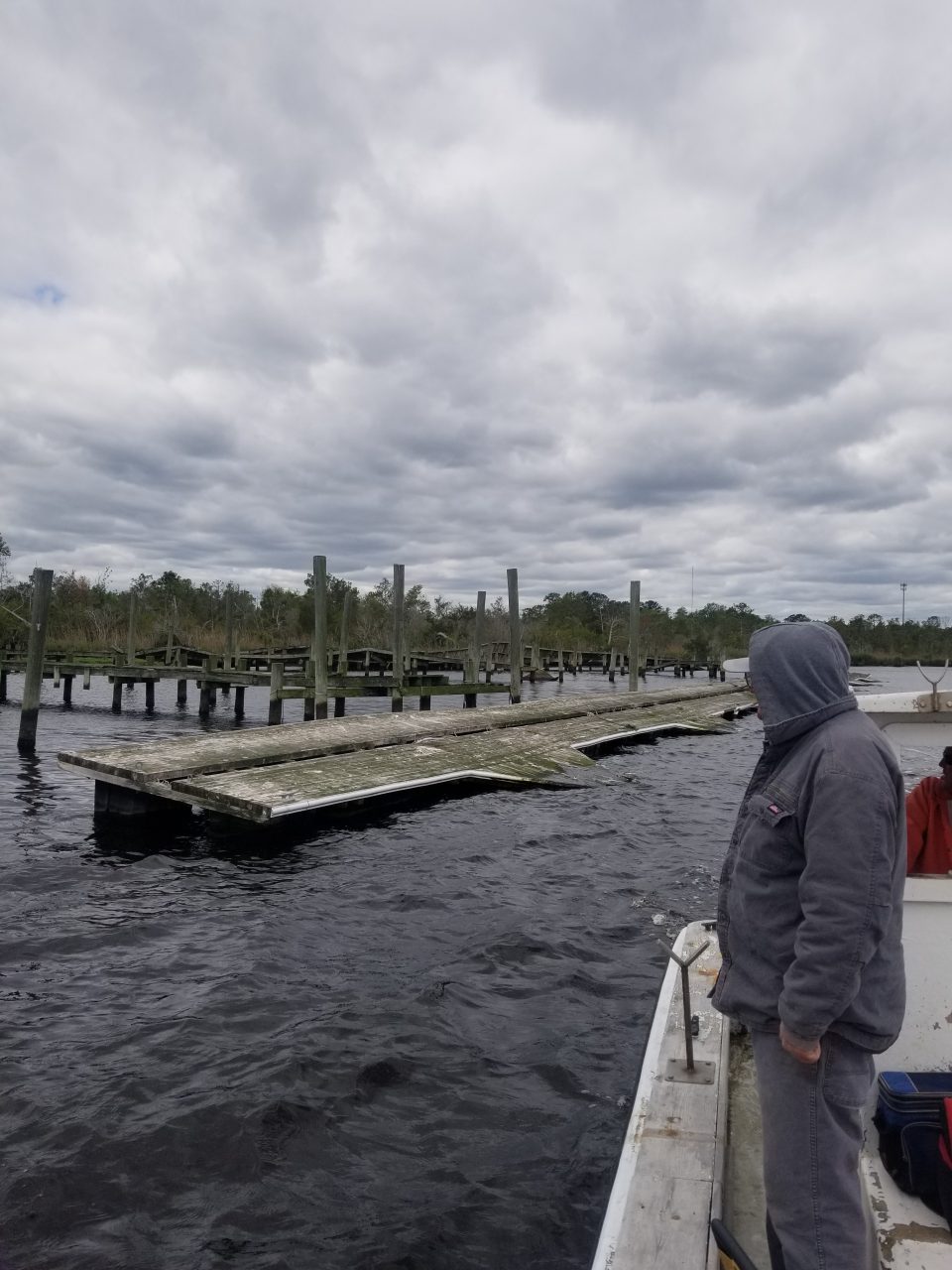
Ensure Your Dock is Code Compliant
Property owners and professionals need to consider a number of site-specific factors when determining marine
construction needs. Overall, it is important to understand the use needs, specific site conditions, history of wave
energy and weather conditions, and the qualifications of the marine professional.
- Hire an Engineer to Work with Your Marine Contractor
- Verify the credentials and references of both the engineer and contractor to ensure expertise and reliability.
- Confirm that the engineer and marine contractor have a strong working relationship to support effective
implementation.
- Approve Design
- Ensure the dock design complies with the North Carolina Building Code, including 2022 updates for
residential docks and piers and verify compliance with severe weather resistance standards (NC Residential
Code Section R327). - Ensure the design meets state siting and environmental regulations under the Coastal Area Management Act
(CAMA), including limitations on dock size, placement, and ecological impact. - Confirm the engineer coordinates with local code officials for proper design review and approval.
- Ensure the dock design complies with the North Carolina Building Code, including 2022 updates for
- Select Materials
- Specify materials that meet or exceed applicable code requirements for durability and weather resistance.
- Verify that all selected materials are appropriate for use in marine environments, with proven performance in
saltwater exposure and high-humidity settings.
- Monitor the Construction
- Make sure your engineer regularly inspects construction to ensure compliance with approved designs.
- Ask for records to document these inspections and any deviations from design requirements.
- Complete the Final Inspection and
- Obtain Certification
- Obtain a copy of the final inspection from local
authorities to certify compliance. - Keep records of all permits, inspections, and
approvals.
Purchasing a property with a dock already in place?
Get it inspected by a licensed marine contractor or engineer.
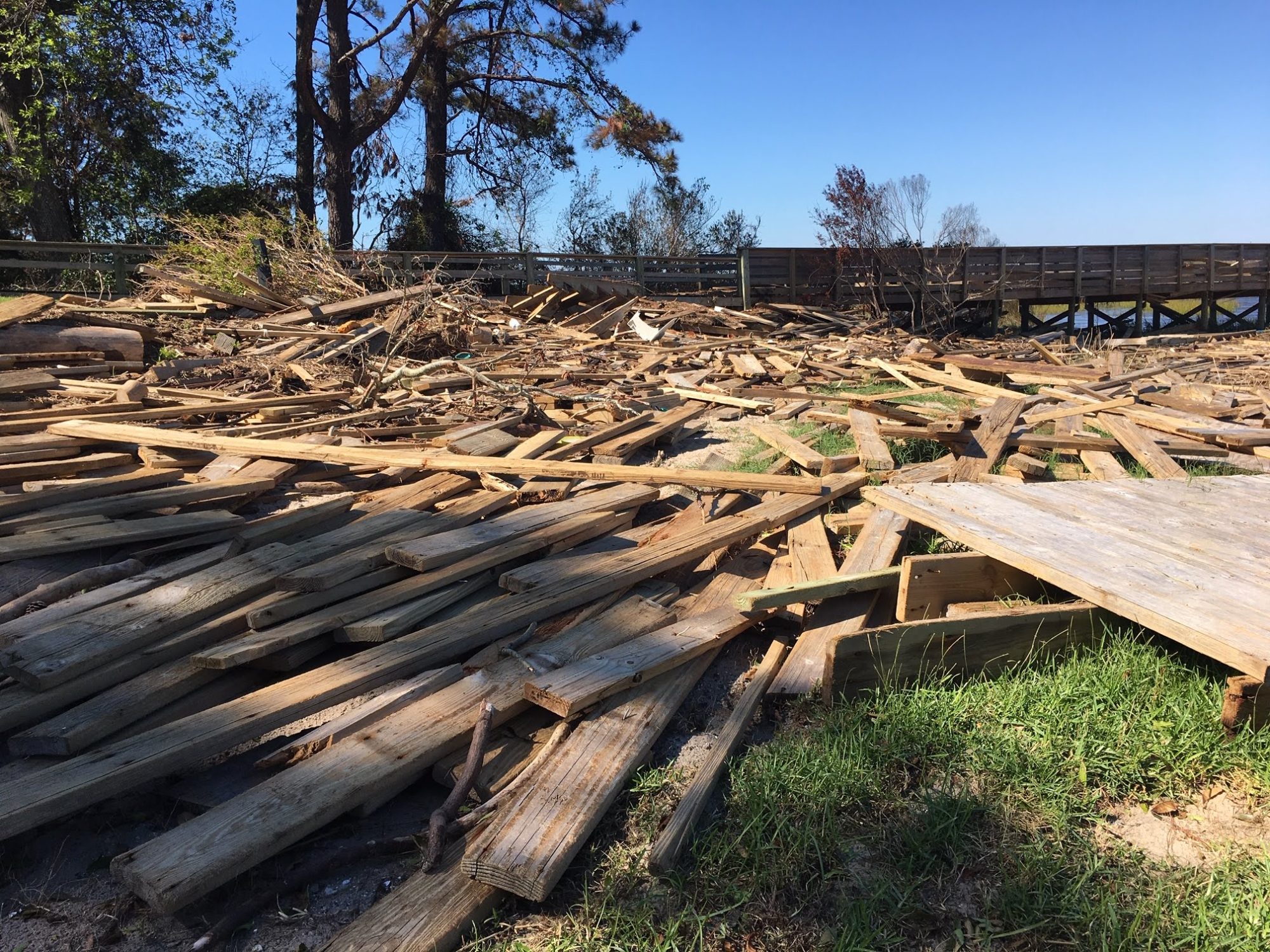
Tackle Trash
You can help clean up our coast—from hurricane debris to microplastics.
